Hello and welcome to Work Week, the podcast where we tackle one big question about the rapidly evolving workplace, explore what the research says about the issue, and explain what it all means for you.
I’m Dr. Gabby Burlacu, Senior Manager at The Upwork Research Institute. And what you’re hearing today are my words, brought to life by a digital proxy of my voice, created by our team using AI.
In episode thirty-five of Work Week, we discussed whether AI will lead to a shorter work week or longer hours. We looked at the paradox many workers are facing today — even as productivity tools and AI promise to help us do more in less time, many people feel that the boundaries between work and life are blurring as employers expect more from workers.
This week, we’re continuing this conversation with a related topic — because even as AI promises to free up time, many workers find they have less time for the kind of work that actually matters.
The big question for this episode is: How can organizations use AI to escape reachmeeting overload — and recover time for deep, focused work?
In other words, how do workers go from always on to intentionally focused?
Let’s begin by taking a look at data that shows what’s happening in a typical workday.
Microsoft’s 2025 Work Trend Index Annual Report explores the modern attention economy — and the challenges today’s knowledge workers face. Based on data from hundreds of millions of Microsoft Teams messages, emails, and meetings, the report paints a picture of nonstop digital noise and mounting coordination overhead.
Data from the report shows that workers are now interrupted every two minutes during their peak focus hours. This includes meeting pop-ups, Teams notifications, emails, and chat messages — all slicing into the very time that’s meant for strategy, creative problem-solving, heads-down execution, and other focused work.
These interruptions are happening during the most cognitively valuable parts of the day — between nine and eleven in the morning, and again from one to three in the afternoon. Microsoft found that fifty percent of all meetings now take place during these prime focus hours — effectively crowding out the deep work that drives real value for organizations.
And the challenges to focus don’t stop there.
The average employee now receives one hundred seventeen emails and one hundred fifty-three Microsoft Teams messages per day. That’s nearly three hundred digital interruptions on any given day — and doesn’t even take into account those that happen in person or through other communication tools.
The report also shows that fifty-seven percent of all meetings are now ad hoc — meaning they happen spontaneously, often without a formal agenda or calendar invite. These impromptu “hop on a call” requests may feel worthwhile at the time, but in practice, they erode schedule predictability and make it almost impossible to protect uninterrupted time.
The data from this Microsoft research suggests that most workers spend their days bouncing between short bursts of work and constant coordination and communication. And the impact is felt across the workforce.
The research also shows that nearly half — forty-eight percent — of employees say their work feels fragmented or chaotic. One in three say the pace of work feels impossible to sustain.
This constant stream of communication and interruptions is contributing to what Microsoft refers to as the infinite work day. Twenty-nine percent of workers check their email in the evening hours and about twenty percent actively work over the weekend. Additionally, our research report, titled From Burnout to Balance: AI-Enhanced Work Models, found that eighty-one percent of C-suite executives reported that they expect workers to increase their output with the help of AI tools. Twenty percent also reported that they expect employees to work longer hours.
This data suggests flaws in the structural design of modern work, how workers allocate attention — and how much of it is being drained before team members can even get to their most valuable contributions.
So where does AI come in?
Many discussions about AI in the workplace center on automation. On using AI to generate content, answer questions, or streamline workflows. But I want to offer a different framing that isn’t talked about enough — one that has the potential to be even more valuable.
AI can be a focus tool .
AIthat can protect the one thing workers can’t get more of — their undistracted time.
Let’s explore how.
One of the most practical ways AI can serve as a focus tool is by acting as an intelligent filter.
Think of your inbox or your team chat as a giant, uncurated stream of requests. Some messages are urgent. Some are routine. Some are helpful. Many are noise.
New AI integrations are becoming increasingly capable of parsing the stream of messages and requests in real time. Tools can analyze tone, sender, content, and urgency to determine what needs your attention now, what can wait until later, and what can be summarized instead of read in full — or discussed during a meeting.
This means rather than reacting to every ping, workers can engage with messages intentionally — on their own time, and based on their own priorities.
This kind of digital triage can change the power dynamics of attention. It enables workers to protect focus time, rather than letting other people’s urgency dictate their day.
The second big opportunity for AI lies in automating administrative coordination.
Scheduling meetings is one of those deceptively simple tasks that quietly eats up huge chunks of the work week. Coordinating time zones, balancing preferences, moving things around when someone is out — these small tasks add up.
Scheduling tools can use AI to analyze your calendar, work style, and peak productivity times — then automatically reserve focus blocks, move non-urgent meetings to better times, and coordinate across team members without requiring back-and-forth from everyone.
Imagine having an AI-powered assistant that not only knows your availability but also protects the hours when you do your best work — defending your mornings for deep work, and pushing lower-priority tasks to the afternoon when your energy dips.
These systems can also help enforce work-life boundaries. AI tools can be used to prevent meetings from bleeding into nights and weekends. And over time, they can help teams build more sustainable norms around scheduling.
The third, and perhaps most powerful application of AI as a tool to increase focus, is in optimizing how teams collaborate.
The root cause of meeting overload isn’t that workers love meetings. It’s that work requires visibility — which can be challenging in today’s remote and distributed work environments. Team members need to know where tasks and priorities stand, align on next steps, or unblock decisions. Historically, this has required synchronous time — live conversations during which everyone is present.
But AI is starting to shift this expectation.
Project management tools now include AI features that summarize project updates, pull highlights from team comments, and even automatically write weekly recaps. These async updates give teams the information they need — without pulling everyone into the same room or video meeting.
Additionally, AI-powered meeting agents can automatically transcribe meetings, highlight key themes, and assign action items — reducing the need for follow-up and creating clarity even for those who can’t attend live.
Collectively, these tools move teams toward a different kind of work rhythm — one that emphasizes flexibility, clarity, and respect for focus.
That said, this doesn’t mean that all meetings need to be eliminated — or that human connections should be replaced with AI. Face-to-face conversations, whether virtual or in-person, are still essential for building trust, resolving conflict, brainstorming new ideas, and navigating sensitive topics. A kickoff meeting for a complex project, a development or performance conversation, or a high-level strategy session — these are moments when real-time dialogue is essential.
As we always do, let's end this episode with an action you can implement immediately and a reflection question to think about throughout the week.
If you’re a leader, here’s your action step for this week: Choose one area of your team’s workflow — such as meetings, scheduling, or communication — and test an AI-powered tool designed to reduce friction. This could mean piloting a smart scheduling assistant to protect focus hours or using AI-generated meeting summaries to replace status calls. Keep the experiment small, measurable, and tied to a clear goal — like recovering two hours of meeting time per week. The point isn’t to overhaul everything at once — it’s to start building AI into your team’s day in ways that protect time and attention.
If you’re an individual contributor: Start by blocking dedicated focus time on your calendar — even if it’s only one hour a day. Then, look for ways to support the focus time using AI tools. This might look like using AI to summarize long emails, draft a quick response, or organize your tasks for the day. Make sure the tools focus on reducing noise — rather than adding more.
The future of work isn’t only about doing more. It’s about doing the right things, at the right time, with the right level of cognitive presence.
Now, your reflection question for this week: If everyone on your team had one more hour of undistracted focus each day, what could they build, solve, or imagine that they can’t today?
And just as importantly — what are you willing to change to give them that hour back?
Thank you for listening to Work Week. I’m Gabby Burlacu and if this episode resonated with you, we’d love for you to share it with a colleague or leave us a review. And don’t forget to subscribe for more weekly insights about the future of work.







.png)
.png)
.png)
.png)
.png)
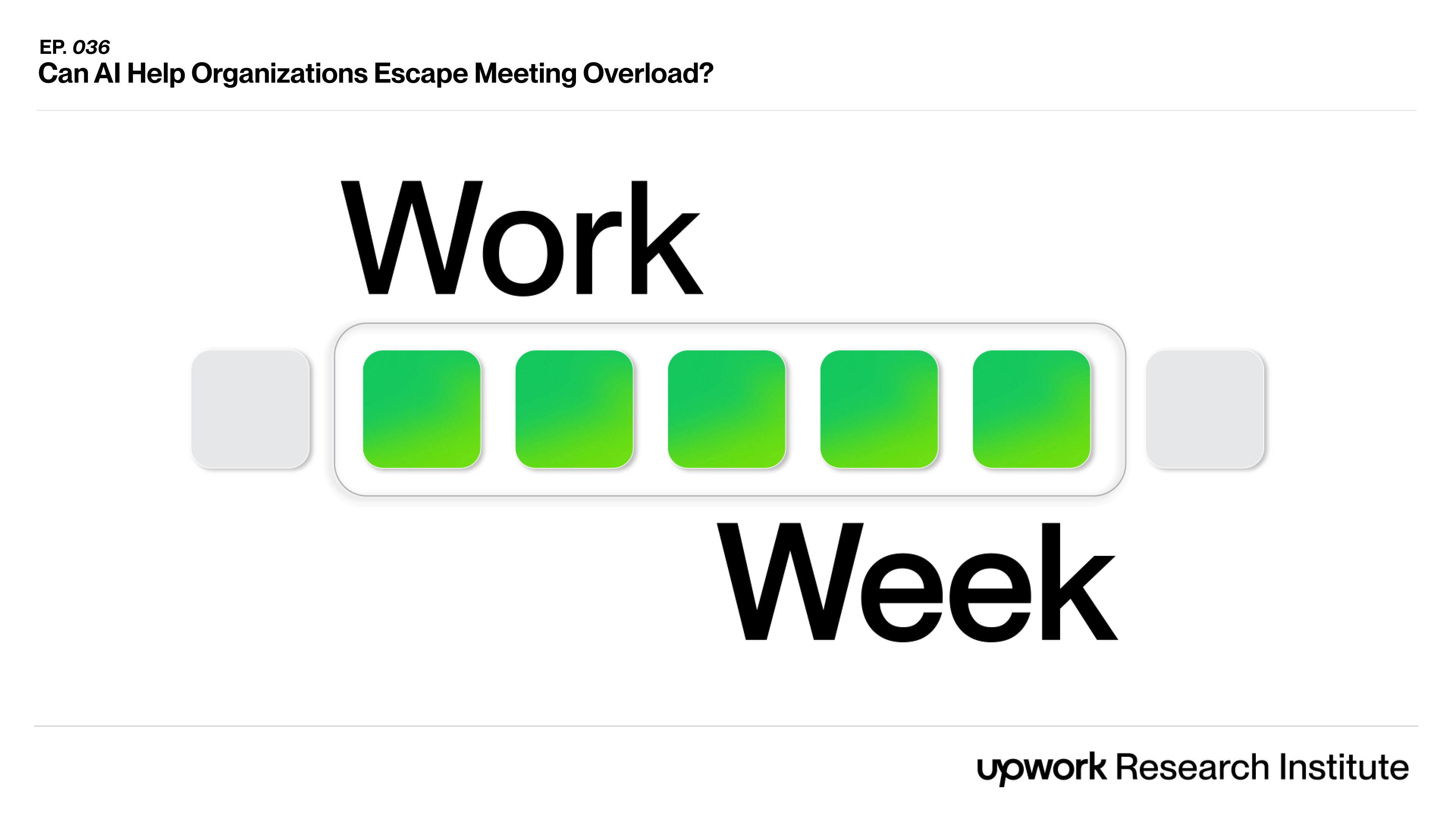


.png)

-p-500.jpg.png)


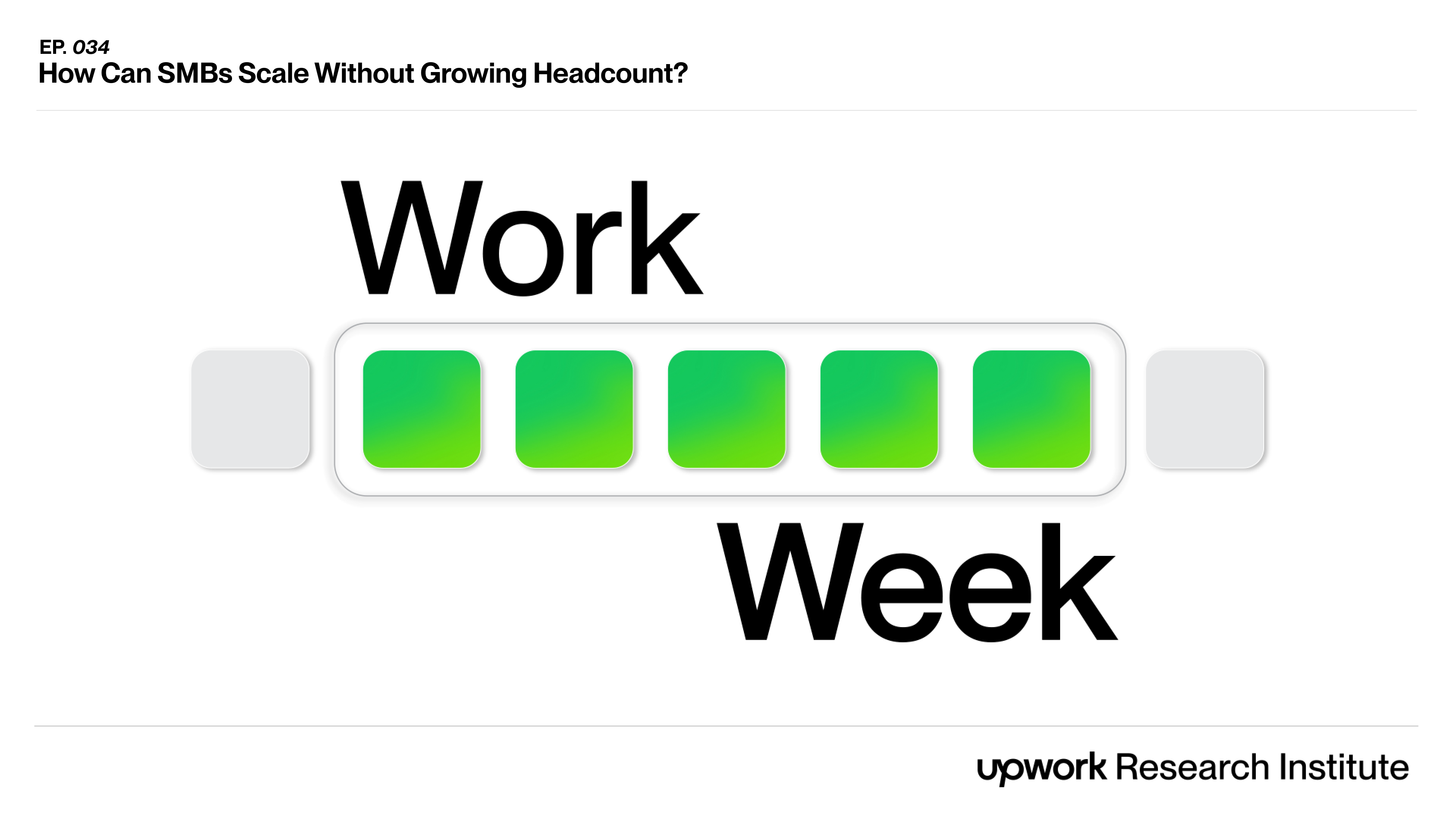
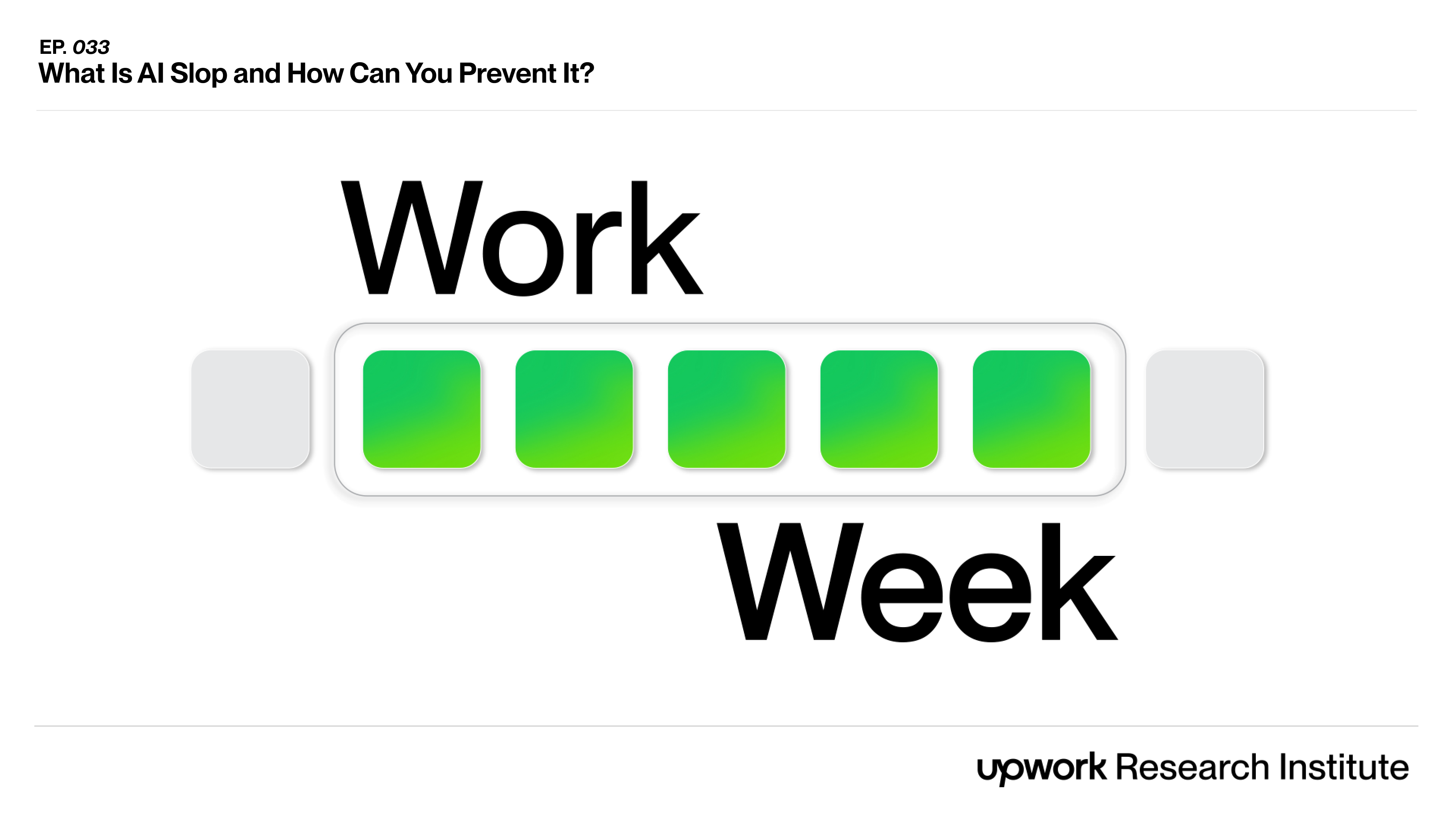
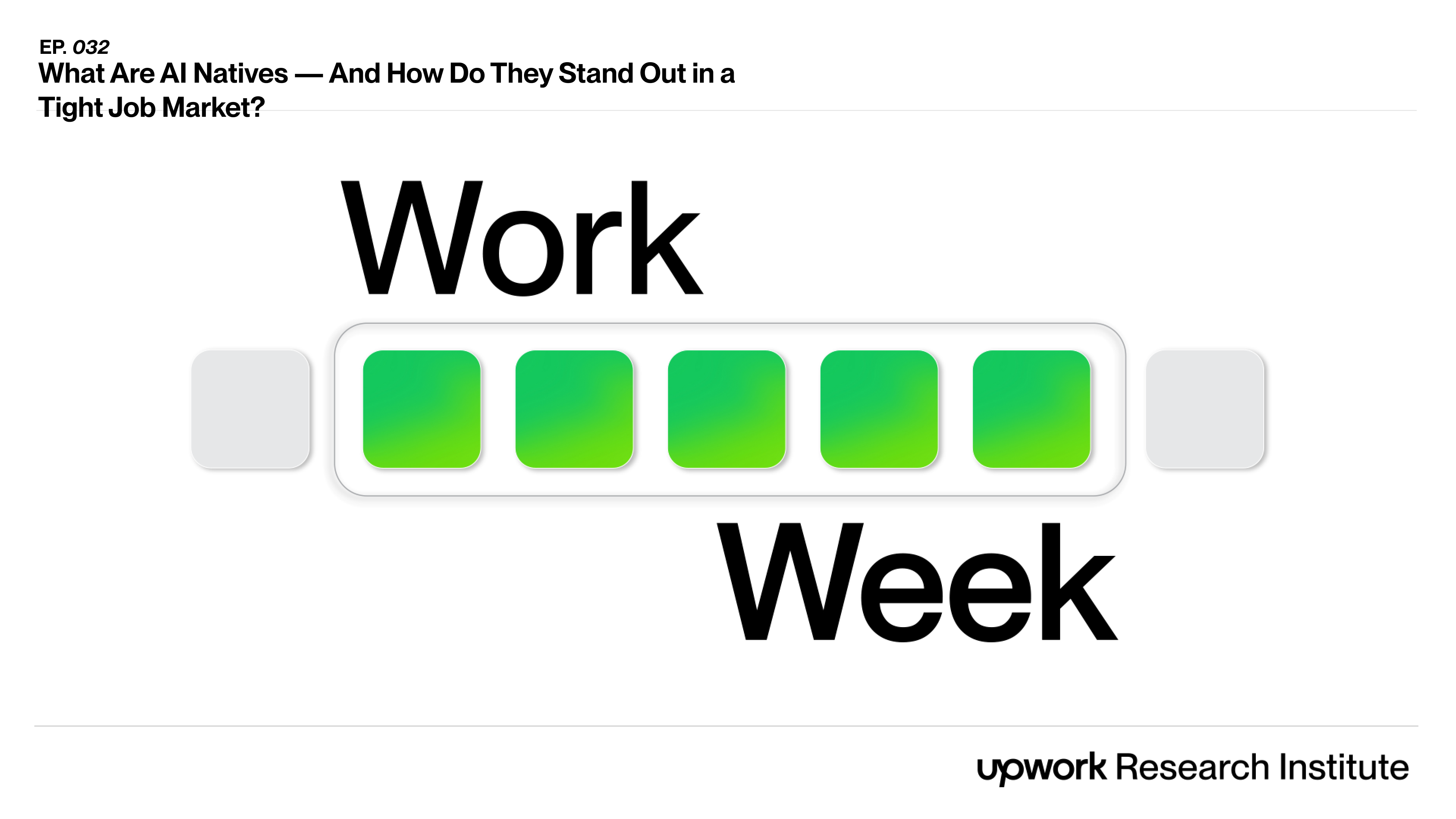


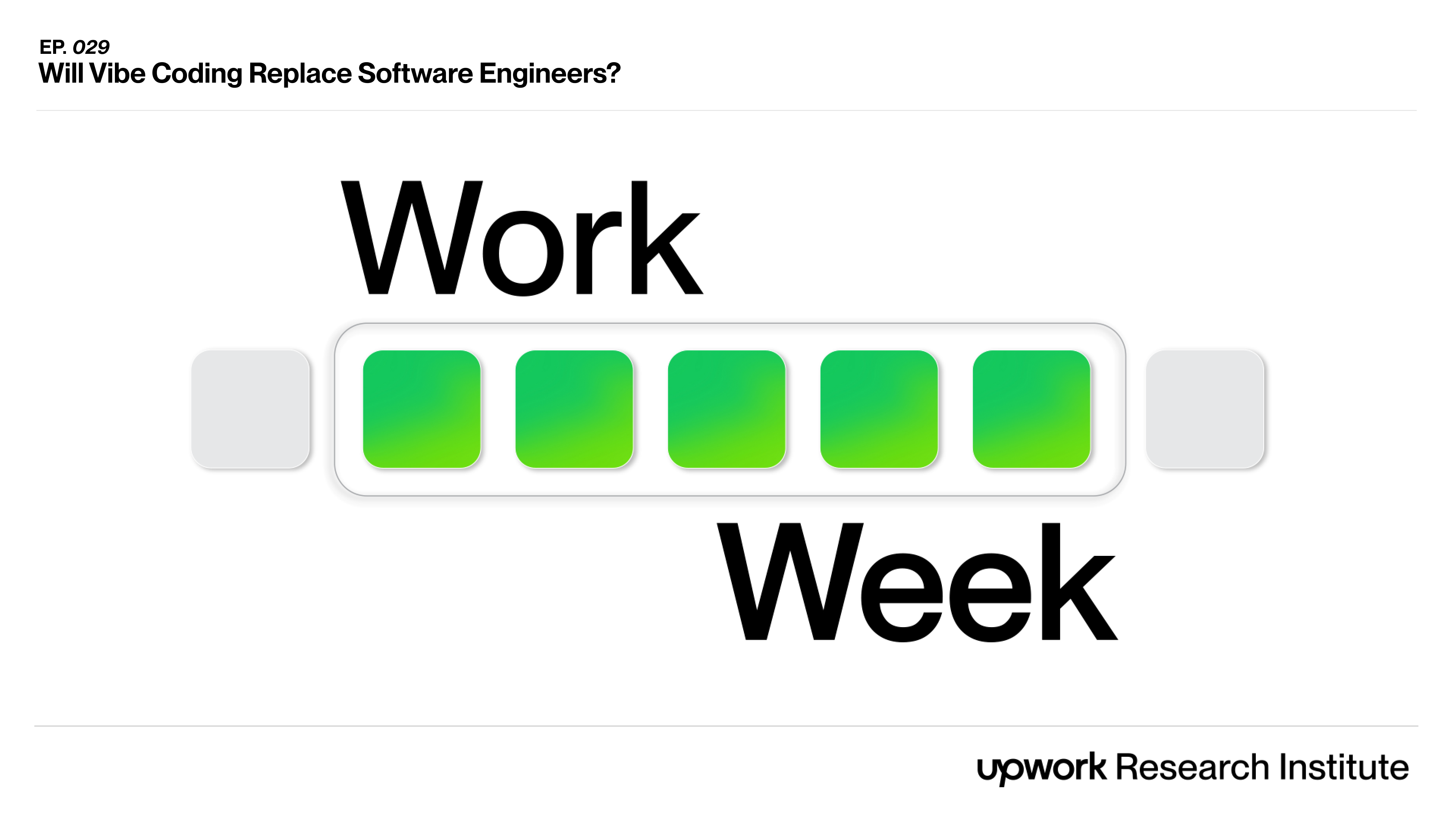


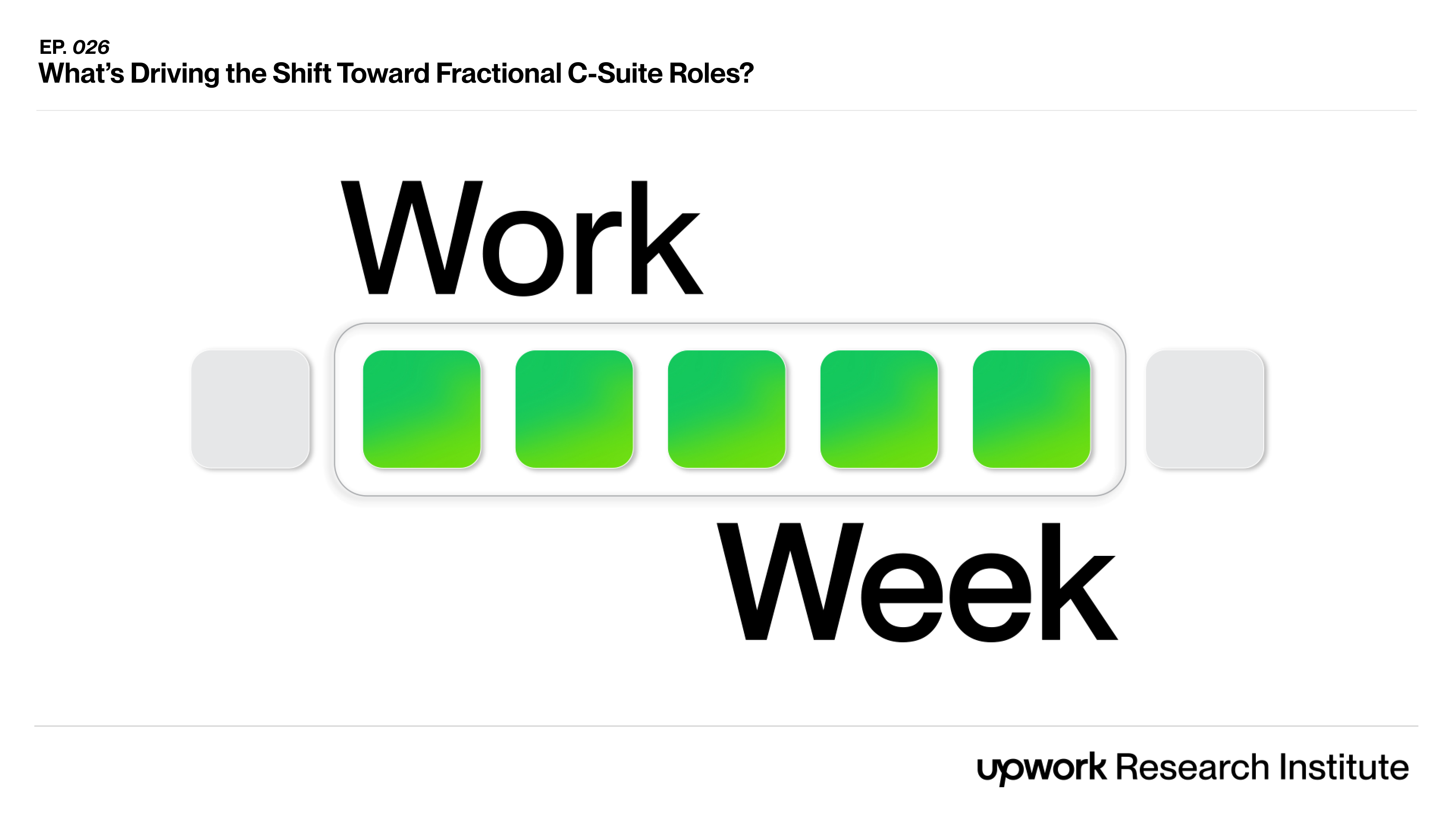
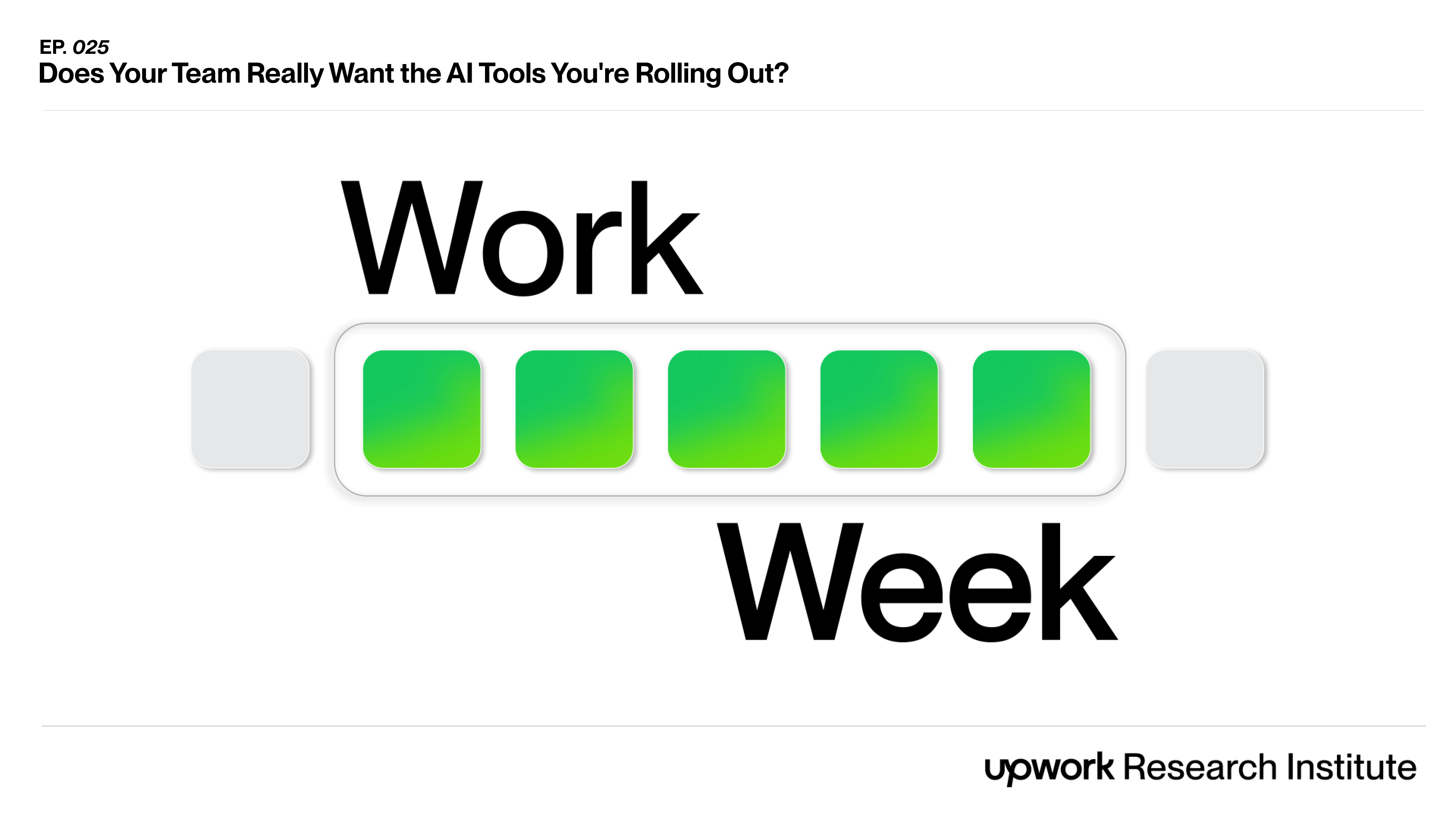

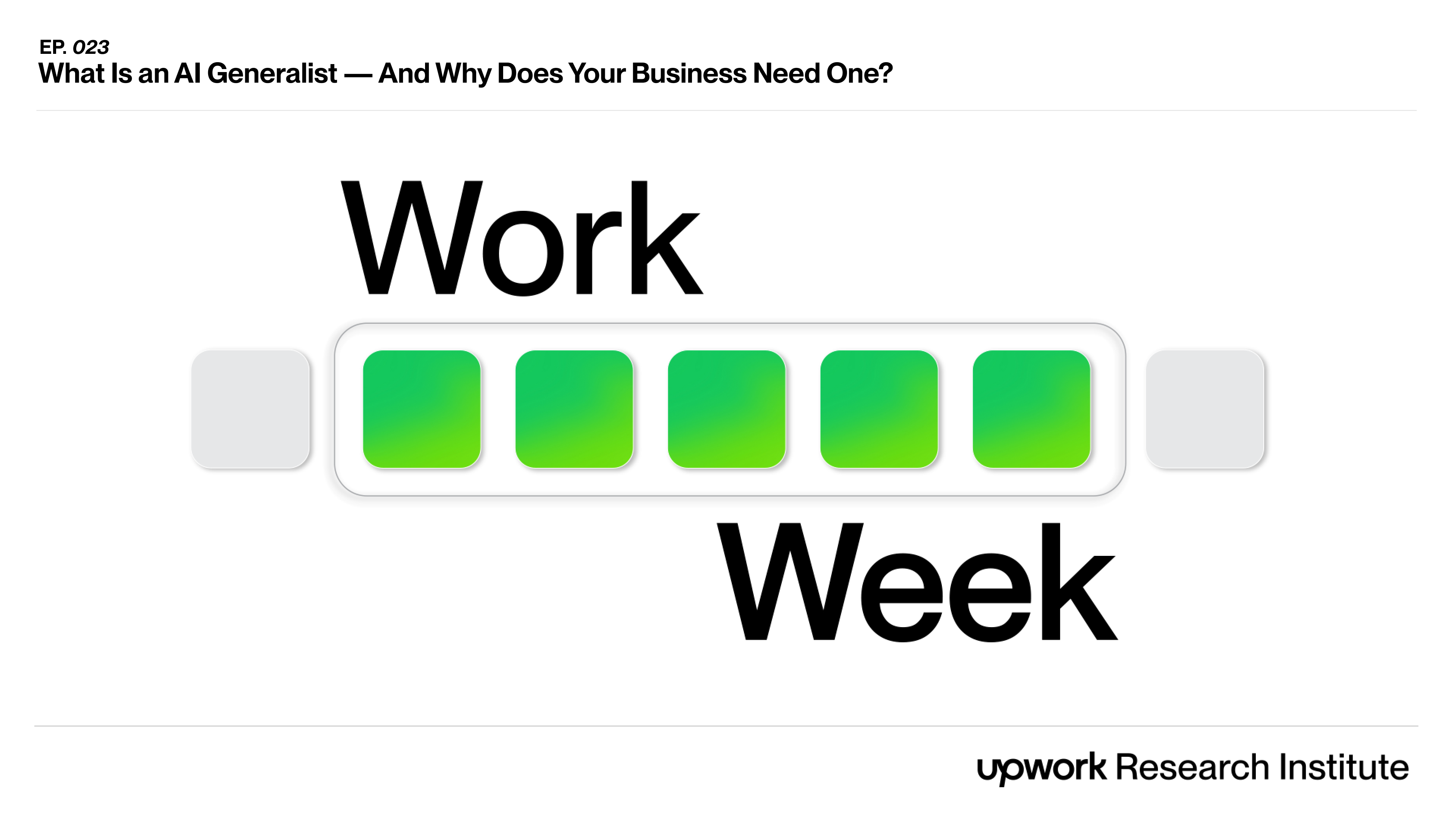






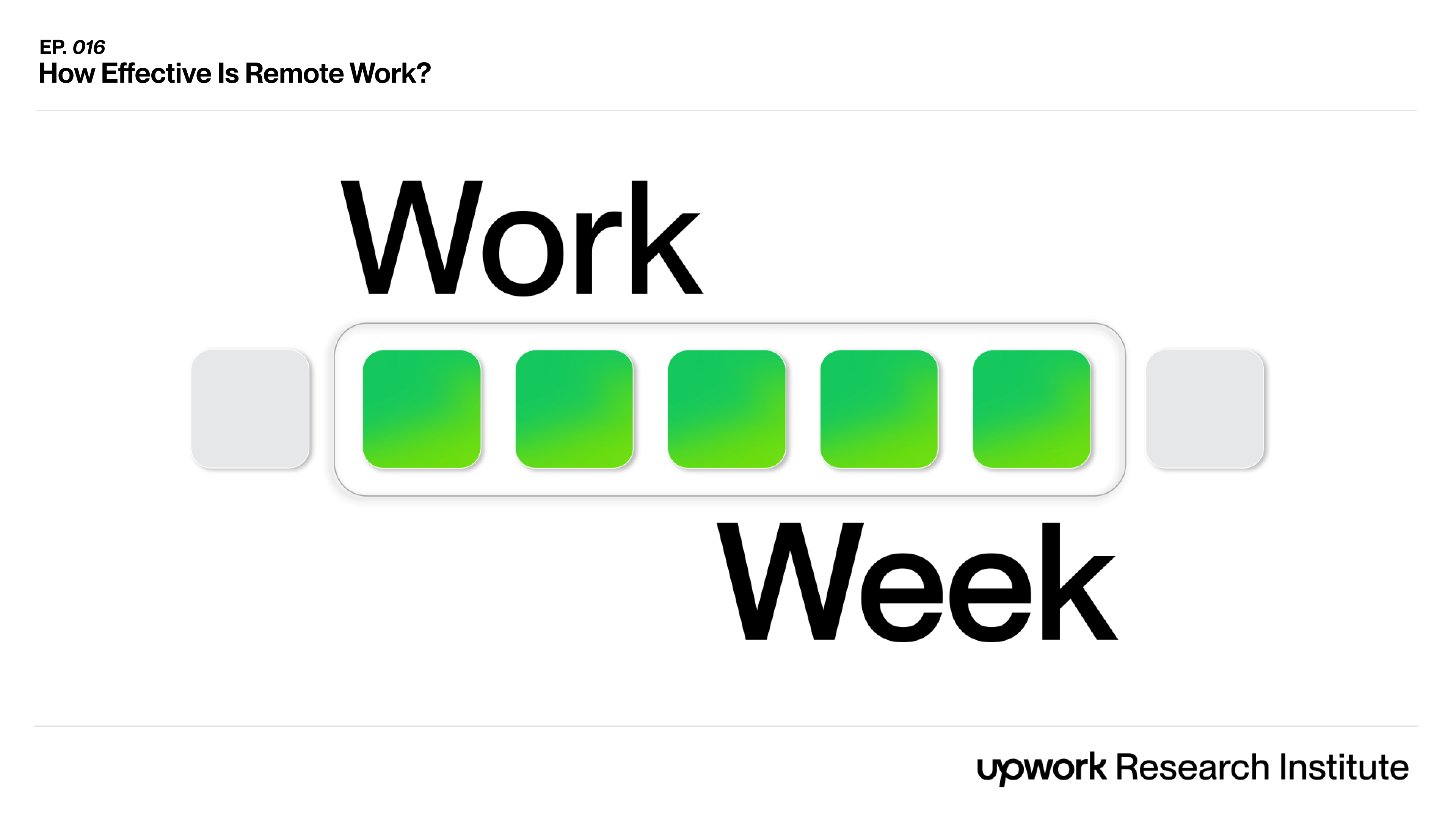
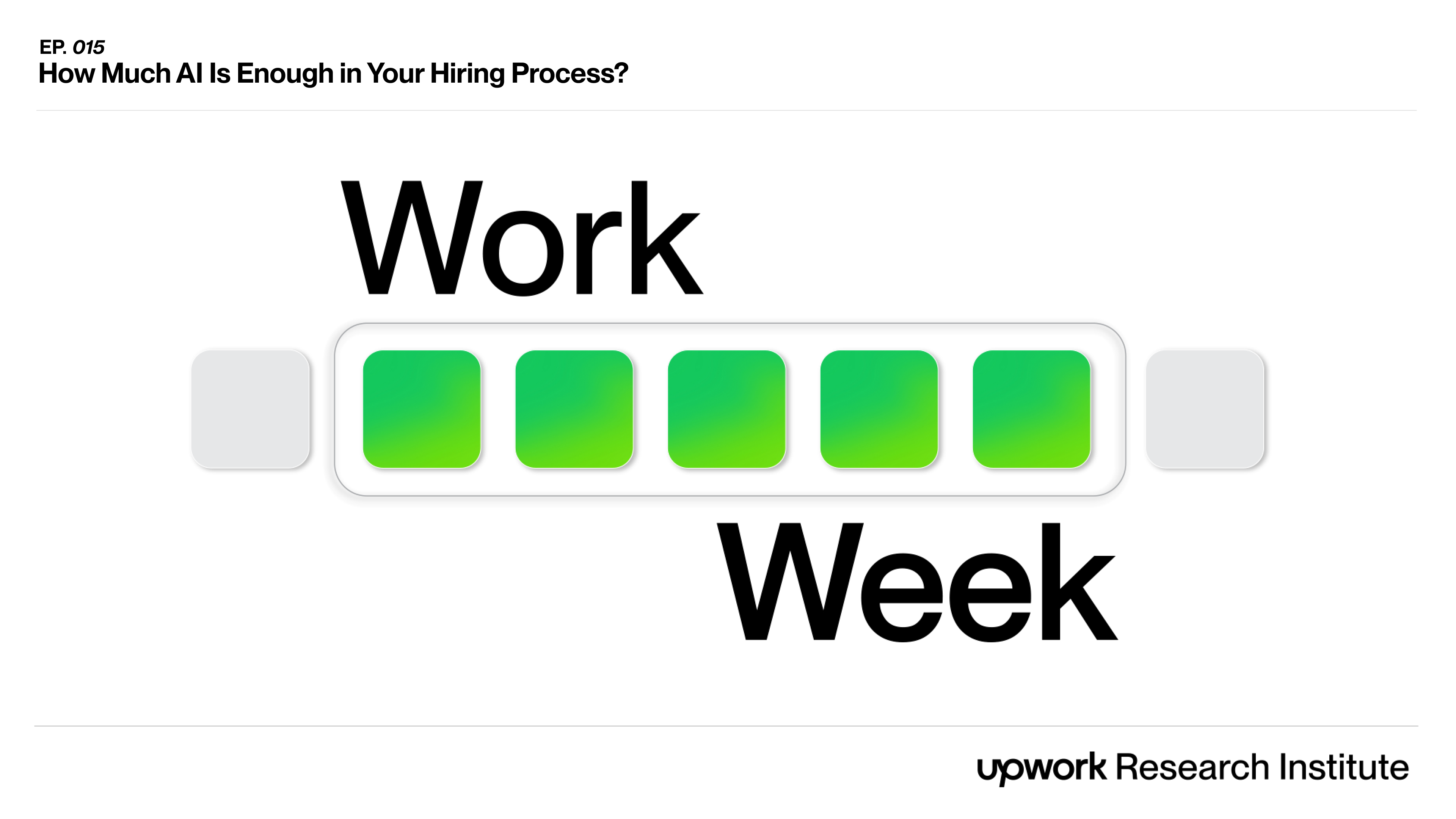

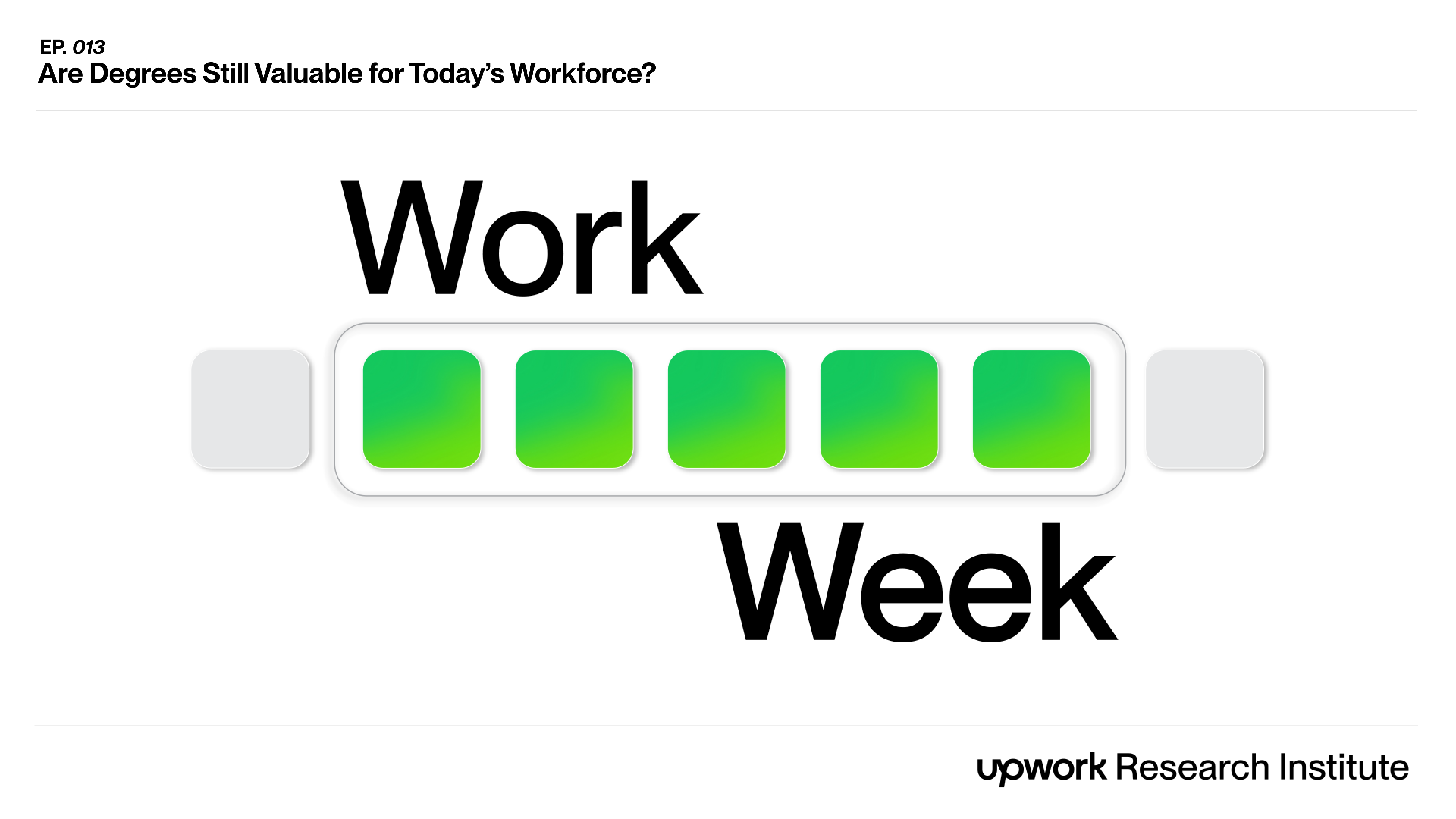
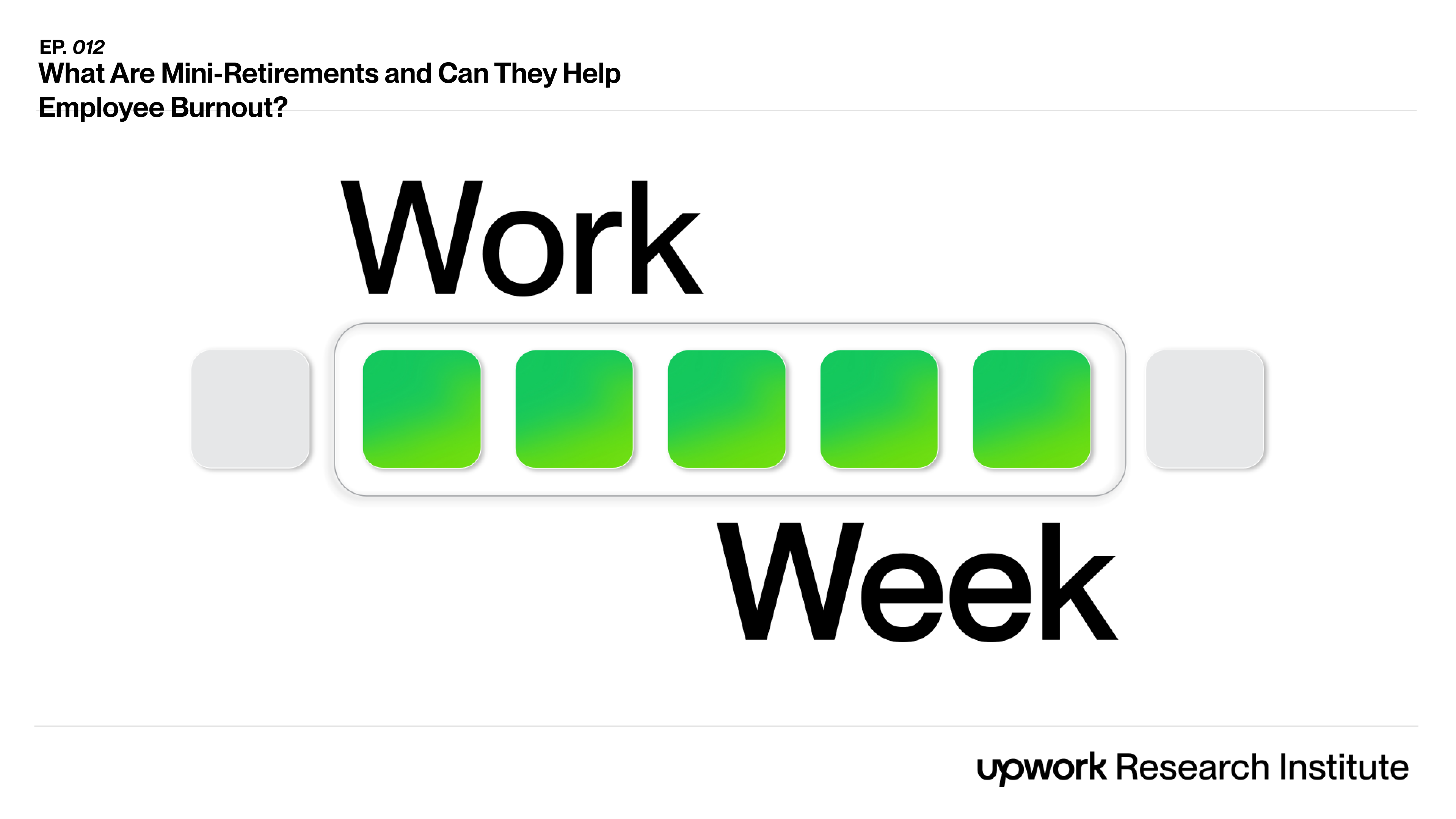
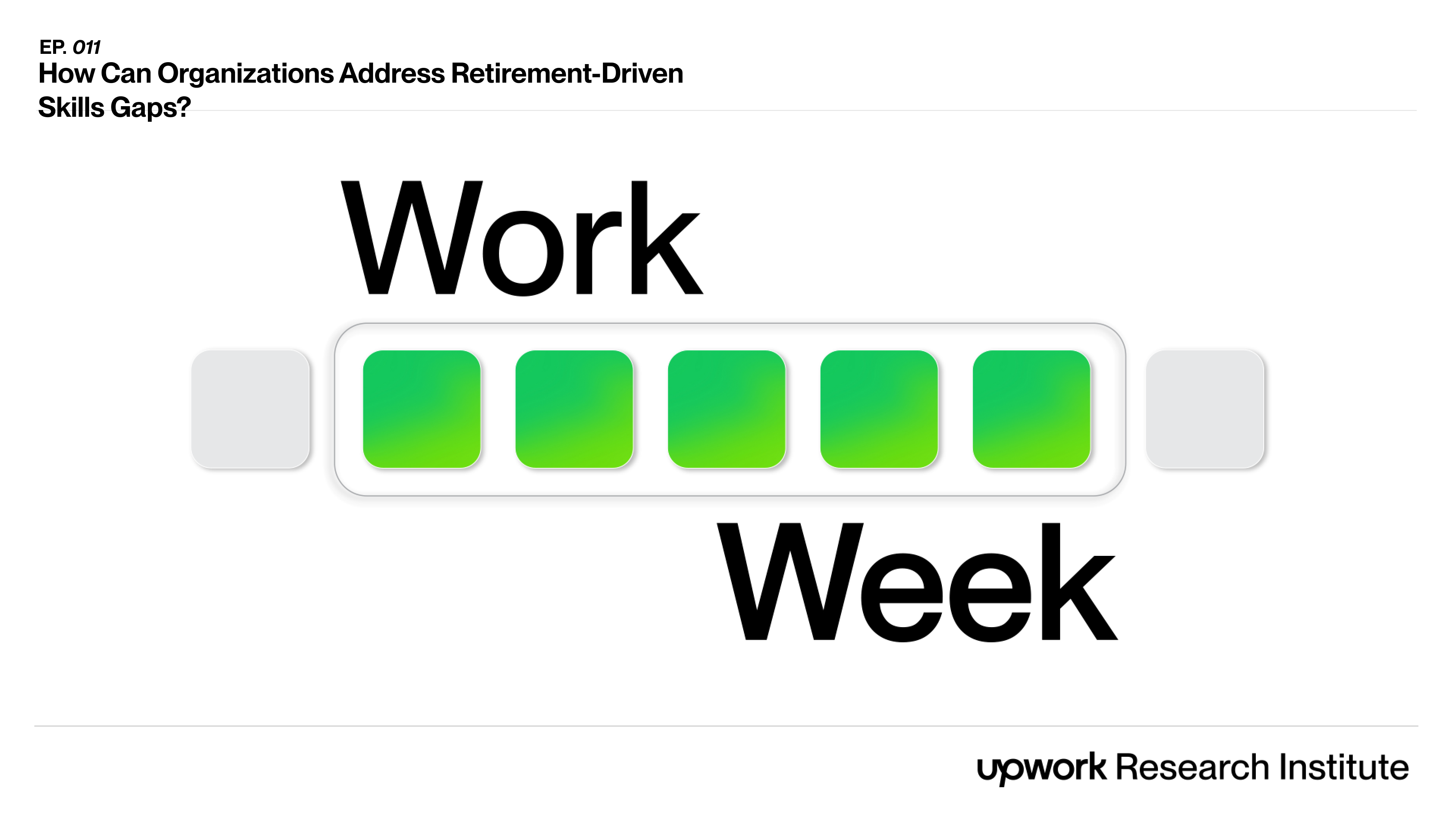

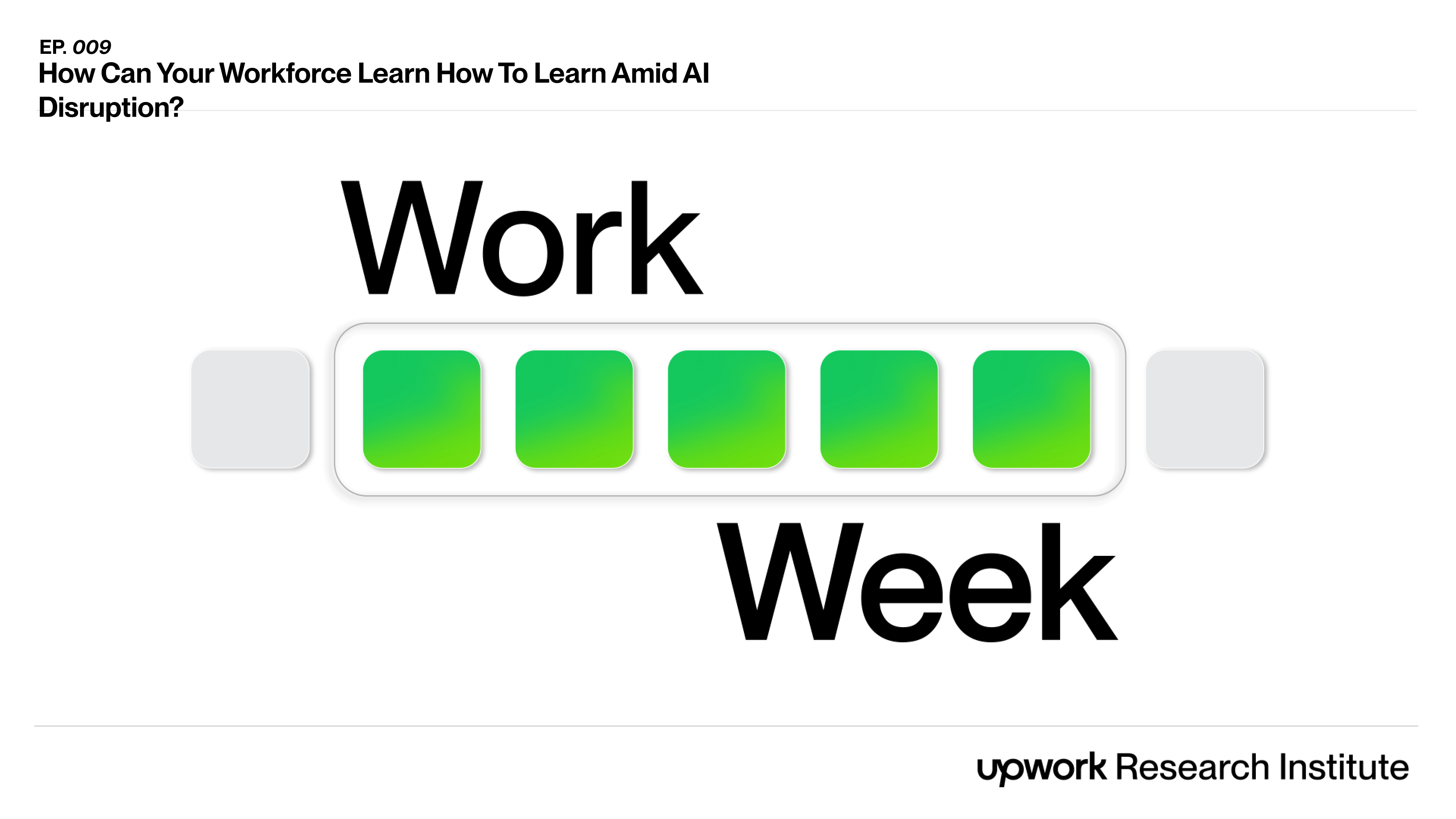

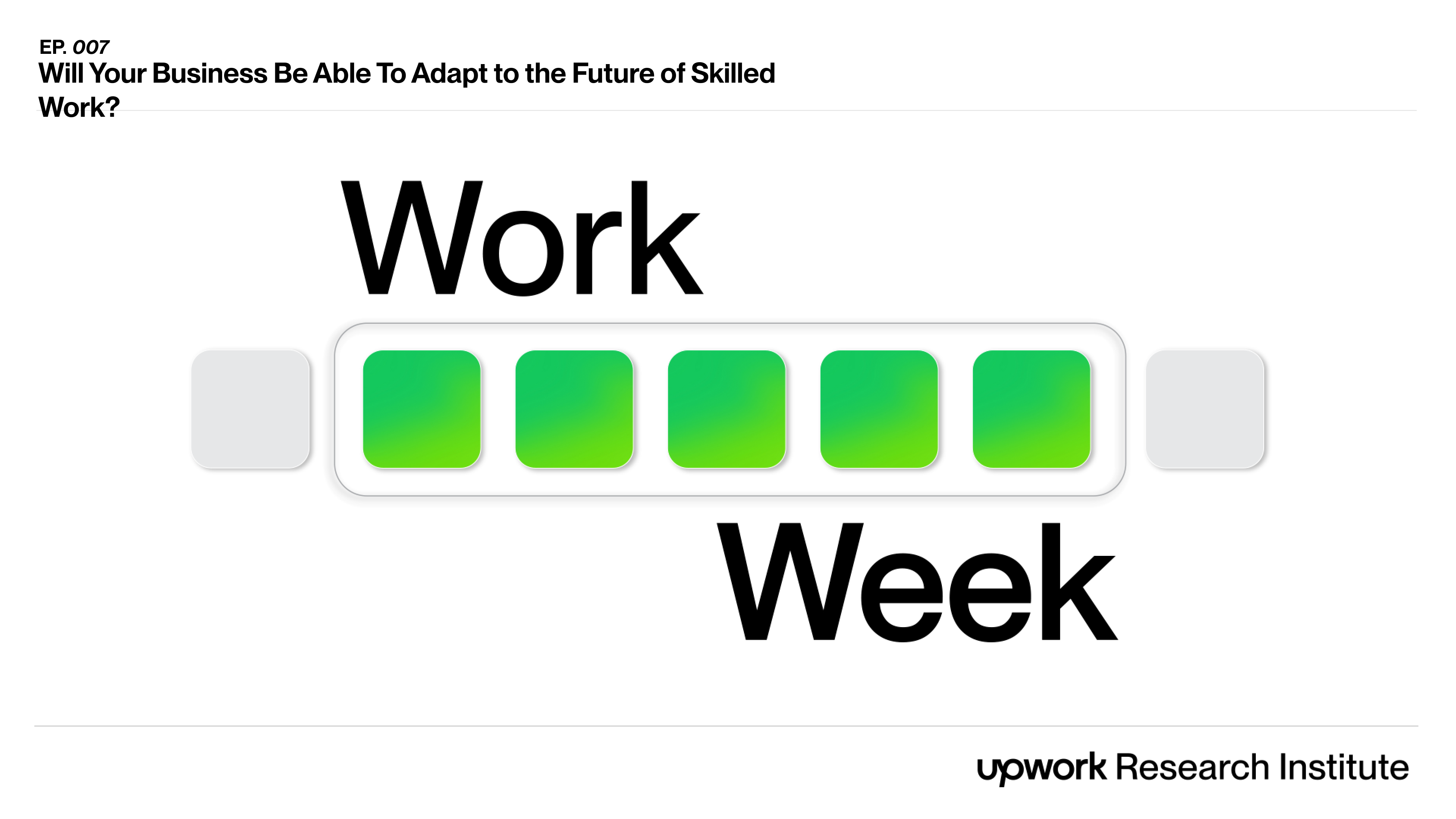
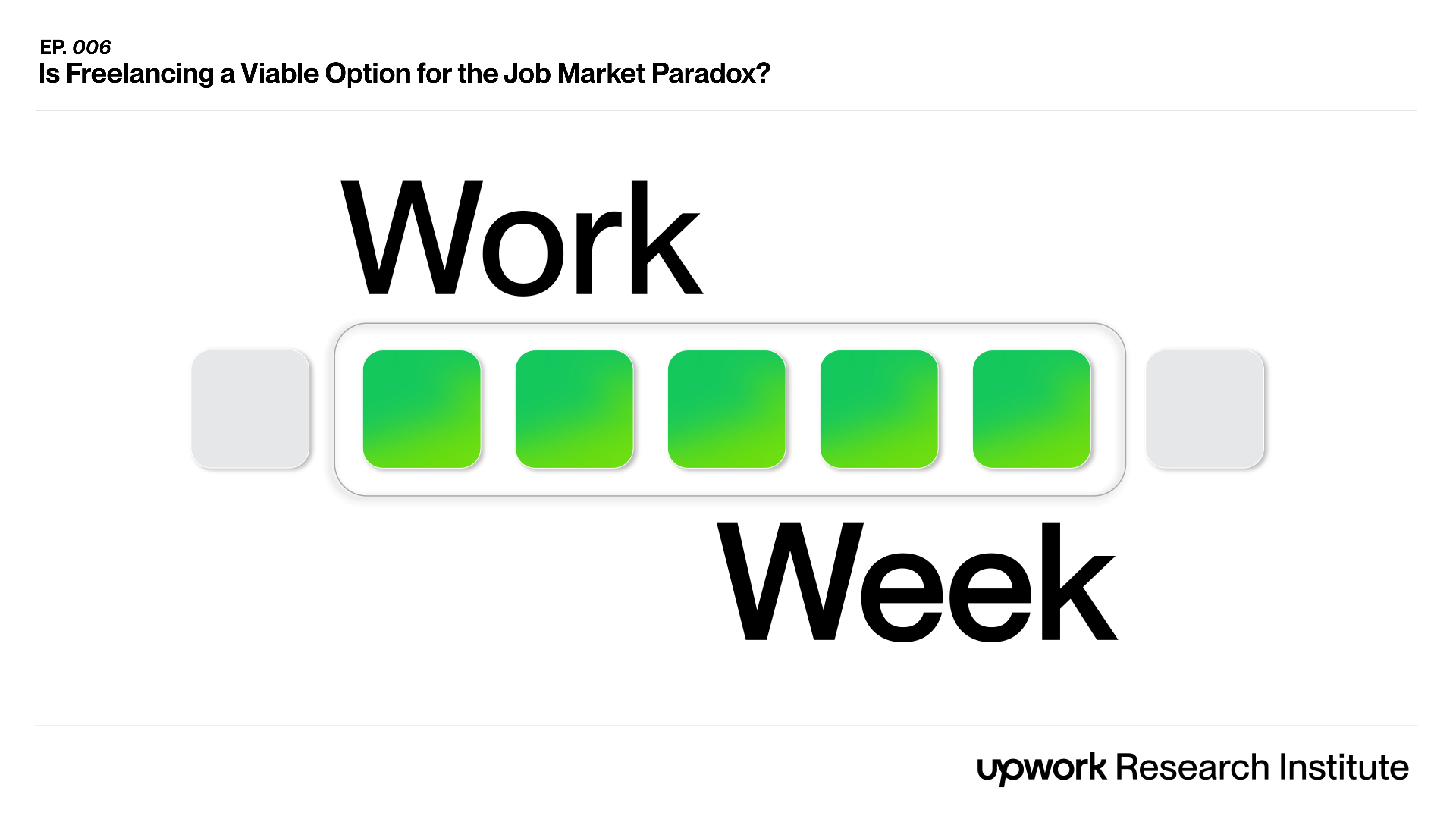
.png)


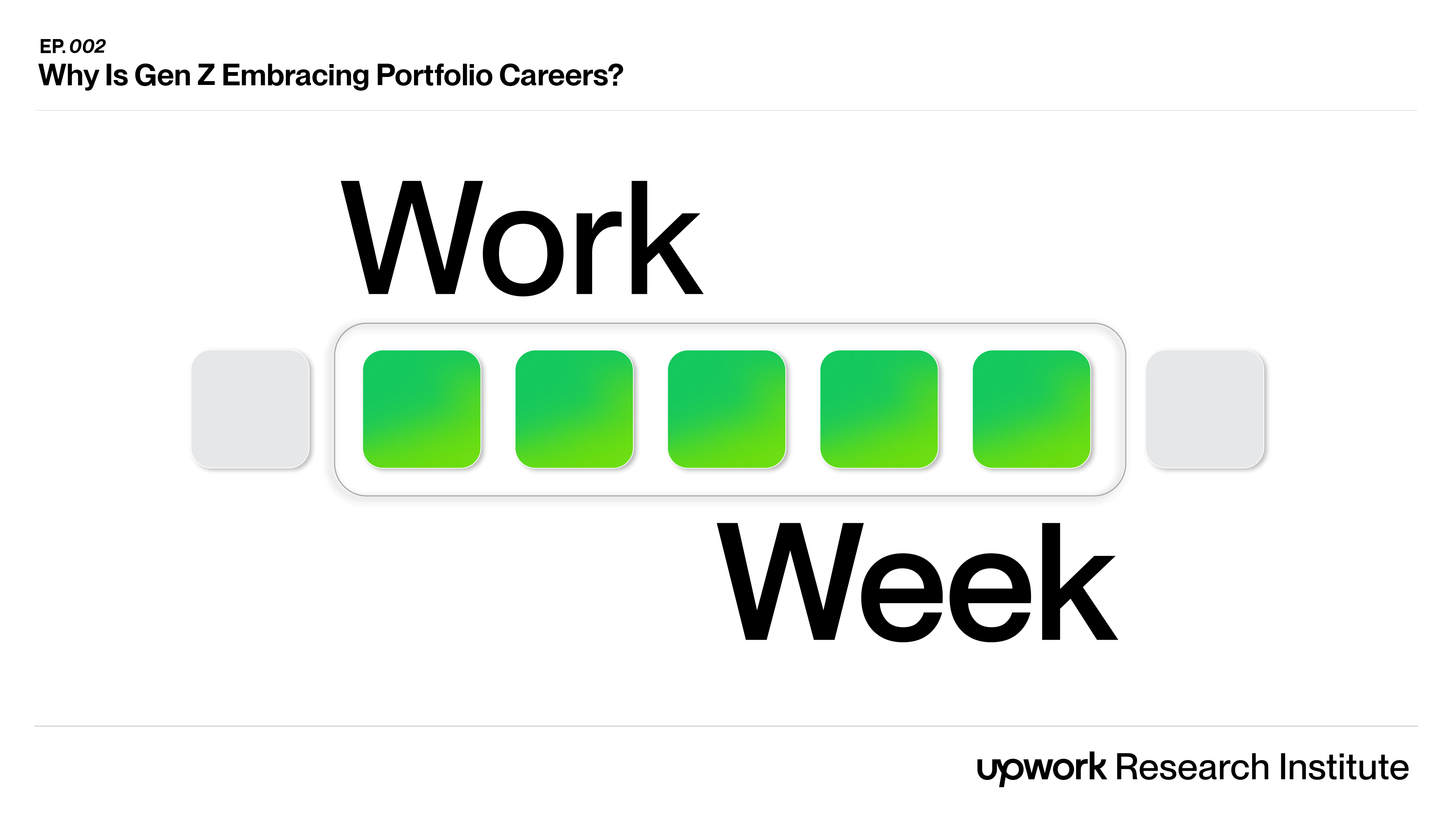
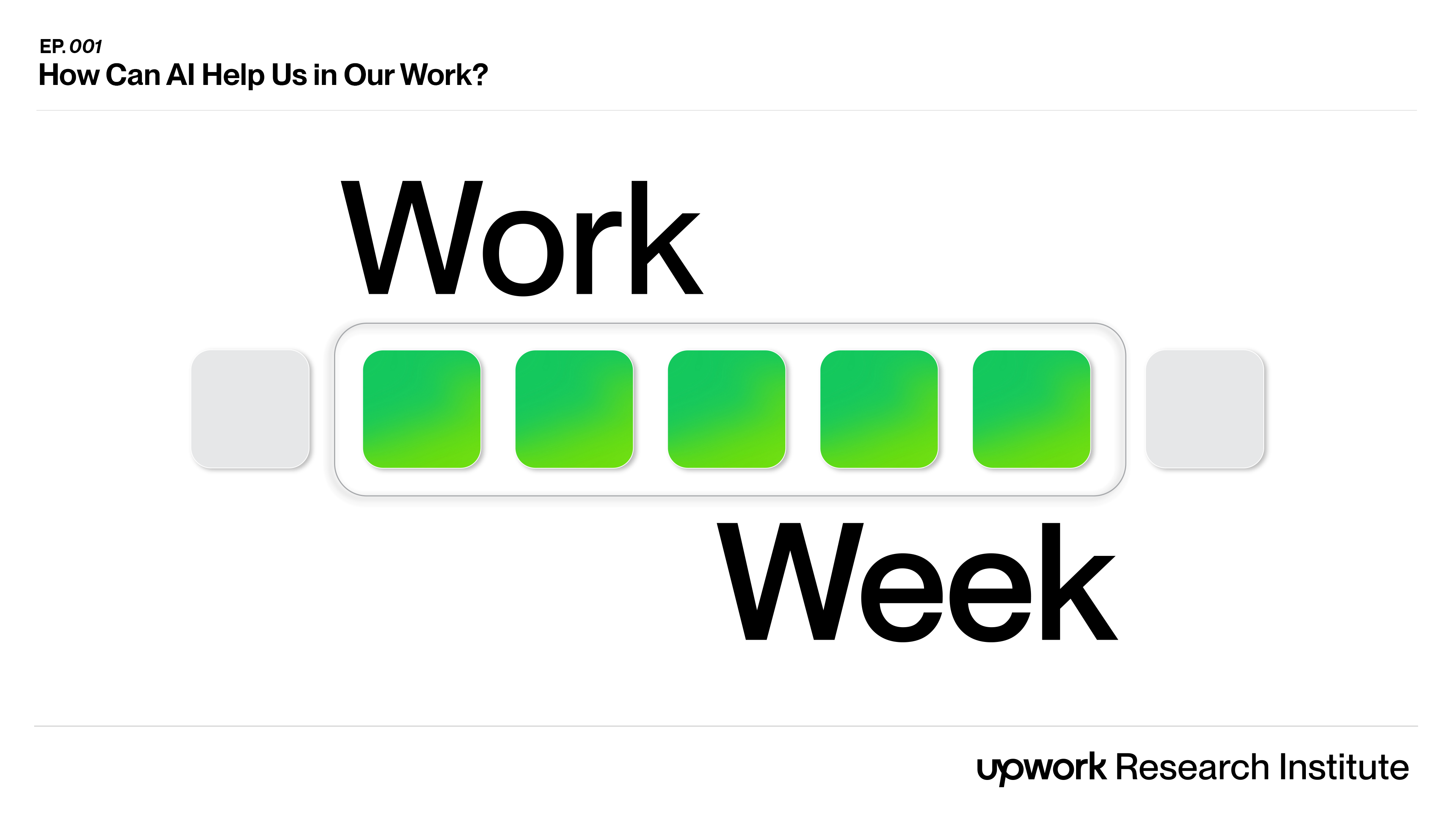
.jpg)